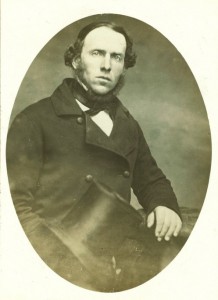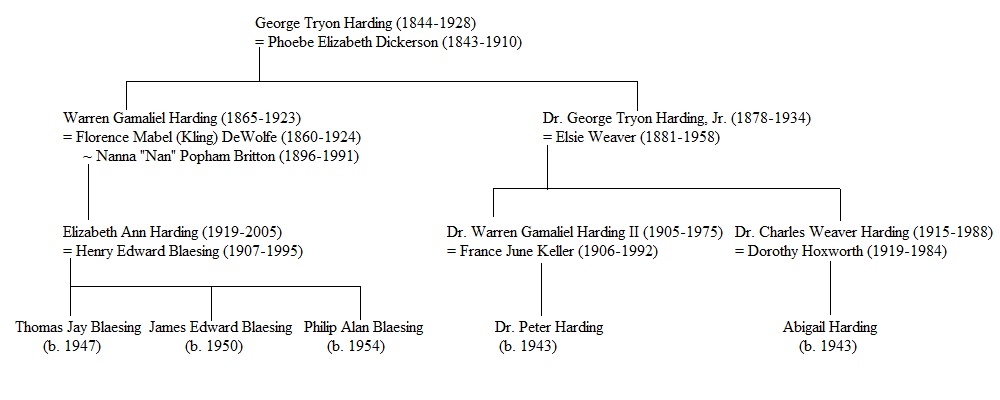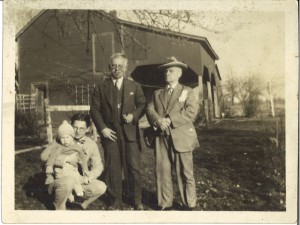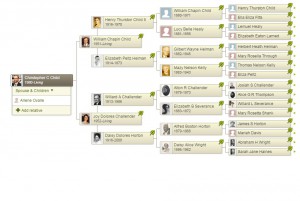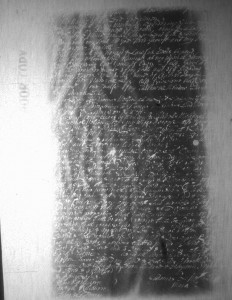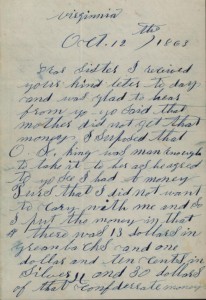
Reading Scott Steward’s post about surnames being changed to keep another family name going reminded me of two examples we encountered when we wrote The Descendants of Judge John Lowell of Newburyport, Massachusetts together.
The first example is relatively straightforward. This involved the descendants of the poet James Russell Lowell (1819–1891). James had three daughters and one son, but only his daughter Mabel survived childhood. She married Edward Burnett and had three sons – James Russell Lowell Burnett (b. 1873), Joseph Burnett (b. 1874), and Francis Lowell Burnett (b. 1878). In 1890, Mabel’s eldest son James had his name changed to James Burnett Lowell to continue his maternal grandfather’s surname. Continue reading How to keep a surname going?
